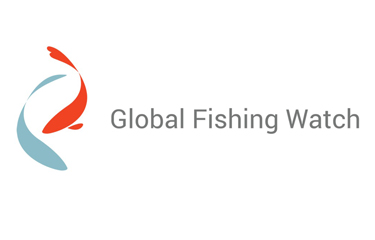Global Fishing Watch (GFW), the partnership between Google and the advocacy groups Oceana and SkyTruth, now features public vessel tracking data from Chile. The tracking data will include the country’s more than 700 fishing ships and over 800 vessels that provide support for aquaculture.
Entering the GFW – which tracks the movements of commercial fishing vessels in near real-time for anyone to remotely monitor, free of charge – is a result of Oceana collaborating with Chile’s government under the latter’s new law that looks to modernize the National Fisheries and Aquaculture Service, Sernapesca, and is a follow-up of an agreement signed May 2019. Part of the law requires vessel monitoring systems (VMS) to be made publicly available.
In a press release, Oceana lauded the launch of this previously private data as evidence of Chile’s commitment to greater fishing transparency.
“Oceana has been working for many years to increase transparency in the fisheries sector and to establish large marine parks,” Oceana Chile President Liesbeth van der Meer said. “We believe that Global Fishing Watch will be a great tool to help local communities and other groups observe and evaluate the level of compliance in the recently created marine protected areas.”
GFW employs machine learning to interpret data from various vessel tracking sources, giving entities such as governments, fishery managers, seafood buyers, researchers, and nonprofit organizations an unprecedented view of global fishing activity by accessing the public map.
“Sharing this data publicly can be challenging due to its volume and complexity,” Sernapesca Director Alicia Gallardo said. She added GFW was “an effective way to disclose this data.”
The increased transparency allows for better control of illegal fishing, human trafficking and other threats facing the ocean, Oceana Chief Policy Officer Jacqueline Savitzsaid.
Long, narrow Chile has a coastline of some 2,500 miles, and is the world’s eighth-largest fishing nation with approximately USD 6 billion (EUR 5.5 billion) in yearly seafood exports. It has three marine protected areas, which cover roughly 450,000 square miles and include a rich diversity of marine life.
In 2017, Indonesia became the first country to make its proprietary VMS data available via GFW’s platform, putting 5,000 smaller commercial fishing vessels that do not use Automatic Identification System (AIS) on the map. Peru followed in October 2018, and Panama shared its VMS data in October 2019. Costa Rica and Namibia have made public commitments to join the GFW platform.







